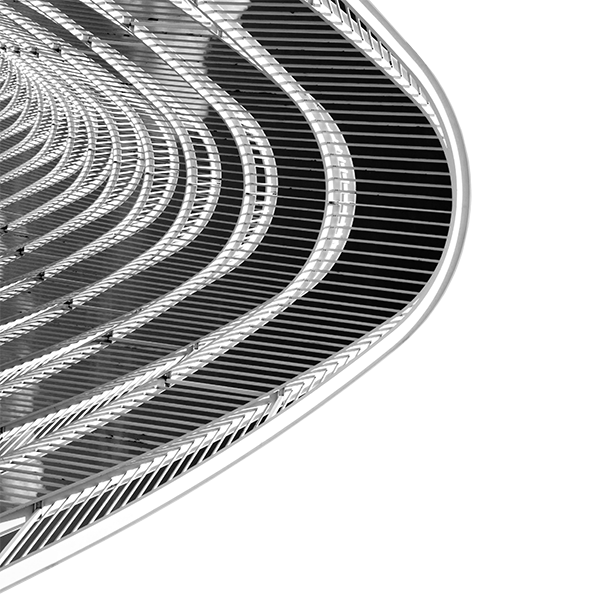Safeguarding Critical Rail, Power, and Data Center Infrastructure
The growing influence of artificial intelligence (AI) and cryptocurrency is driving a surge in the development of data centers throughout the United States. These centers will drive electricity consumption to record highs in 2025 and 2026. This raises a crucial question: how will electricity reach these data centers?
Shared corridors with the railroad offer the easiest route, but they also present challenges.
“When you’re running that close to a railroad track it is basically a giant conductor,” Electro Magnetic Applications, Inc. (EMA) Senior Scientist Casey Peirano says. “The transmission line gives off a magnetic field which induces current on the rails which can interfere with their signaling.”
In this article we look at:
- What is inductive interference?
- Risks and impacts
- Solutions
What is Inductive Interference?

Fig. 1. Rendering of interference being emitted from transmission lines onto railroad tracks.
The main electromagnetic challenge that railroads face is steady state interference, known as inductive interference. Inductive interference arises from the principle of electromagnetic induction, which states that a changing magnetic field induces an electric current in a nearby conductor. In these situations, the changing magnetic fields in the transmission lines induce electric currents directly in the train tracks.
Risks and Impacts
Inductive interference endangers both equipment and personnel.
Touch voltage poses a direct risk to people. It refers to the electric potential difference that can develop between the electrified rails and a person’s body, which may cause an electric shock. Peirano warns that this exposure can result in significant injury or even death.
Inductive interference can also damage signaling equipment, causing crossing arms and lights to malfunction. Signal huts are also at risk and could result in equipment catching on fire. An example of this problem is signaling arms raising or lowering unexpectedly, disrupting normal railway operations.
“People are going around these signaling arms and then a train comes by 30 seconds later,” Peirano says. “Railroads obviously cross major roads and people need to expect that the signing equipment is working properly.”
AREMA publishes recommended practices, specifications, and design guidelines for track, structures, and other fixed railway structures. Many companies use AREMA’s recommendations, incorporating specific measurement tolerances to prevent interference problems. If physical measurements fall short of these recommendations, safety measurements can be put in place such as:
- Adding circuit protection devices
- Installing counterpoise to disperse electrical equipment
Finding a Solution
EMA combines measurement and simulation to identify potential problems caused by inductive interference and actively mitigates any issues that arise.
Before creating a simulation model, EMA visits the physical rail site to measure voltage, soil conductivity, and tower bond measurements. In addition to collecting these measurements, EMA contacts power companies to obtain information about fault current waveforms, the amount of current flowing through the power lines, and importantly, projections for growth on those lines. Peirano notes that when a data center opens in an area, it often attracts additional centers because the necessary infrastructure already exists. As more centers cluster together, they draw increasing amounts of power, which raises the likelihood of surge events.
Using Ansys EMC Plus, EMA can simulate inductive interference and surge events to find the risks for rail and power companies relatively quickly. Peirano says EMC Plus can simulate 10 to 15 different scenarios in about a week. EMC Plus simulation not only quickly finds problems, but it can help EMA provide mitigation measures using the same CAD model.

Fig. 3. Example of a rail simulation in Ansys EMC Plus.
Choose Experience
EMA has collaborated with the rail industry for more than 30 years. Currently, we partner with approximately 75% of North America’s rail companies. Not only do data centers now line rail corridors, but power and electric vehicle manufacturing plants also consume enormous amounts of power, Peirano notes.
“Using EMC Plus we’re able to bound these risks,” he says. “We can provide mitigation solutions to the rail companies or the power companies so that they can implement those and protect all of the entities involved including and most importantly personnel and the general public.”
Ready to ensure your rail or power infrastructure is protected, resilient, and prepared for future demands? Partner with EMA and leverage our decades of experience, cutting-edge simulation technology, and tailored mitigation strategies. Contact us today to discuss how we can help you safeguard your critical assets and maintain the safety and reliability your teams and communities depend on. Click here to reach out!

